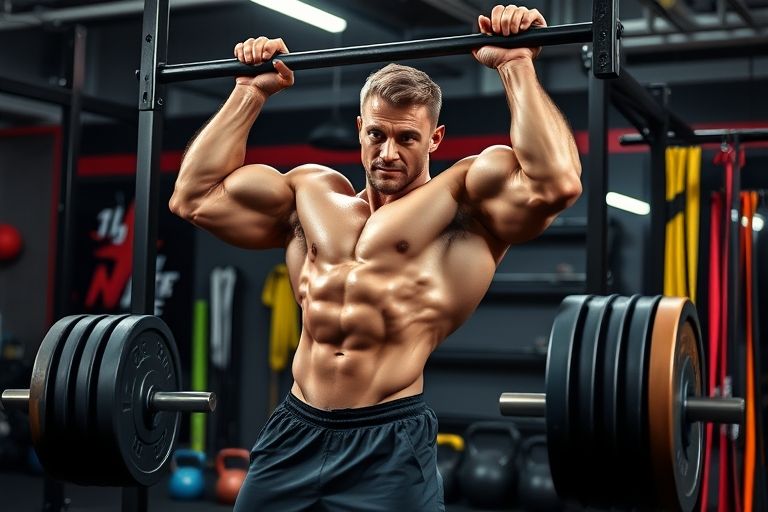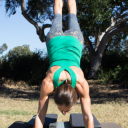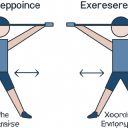

When we think of bodybuilders, we often imagine individuals with bulging muscles and incredible strength. However, there is an ongoing debate about whether bodybuilders are actually strong in a functional sense. Functional fitness refers to the ability to perform everyday movements and tasks efficiently and without injury. Let's explore this topic and delve into the question of whether bodybuilders possess true functional strength.

Functional fitness is a concept that focuses on training the body for real-life movements and activities. It involves exercises that mimic everyday tasks, such as bending, twisting, pushing, pulling, and lifting. The goal is to develop strength, flexibility, endurance, and balance that translates into improved performance in daily life.
Functional fitness exercises often involve multiple muscle groups and joints working together, rather than isolating specific muscles as bodybuilders typically do. This approach aims to enhance overall functional abilities and reduce the risk of injuries.

Bodybuilders focus primarily on hypertrophy, which is the enlargement of muscle size. They train to maximize muscle growth and aesthetics, often using heavy weights and performing exercises that target specific muscles. This type of training is effective for building muscle mass and strength within those targeted muscles.
However, this specialization in muscle growth doesn't necessarily equate to functional strength. Bodybuilders may possess impressive muscular strength in isolated movements, such as bench pressing or bicep curls. Still, their ability to perform functional tasks that require a range of motion, stability, and coordination may not be as developed.

Functional strength is vital for everyday activities, such as lifting heavy objects, carrying groceries, climbing stairs, or playing sports. It allows us to move efficiently and reduces the risk of injuries during physical tasks.
Functional strength training focuses on compound exercises that engage multiple muscle groups simultaneously, enhancing overall body stability and coordination. These exercises improve core strength, balance, flexibility, and endurance, leading to improved performance in various activities.

There are numerous functional exercises that can be incorporated into a training routine to improve functional strength. Some examples include:
By incorporating these exercises into a training routine, individuals can develop functional strength that translates to improved performance in daily activities.

Measuring functional fitness can be challenging as it involves a wide range of physical abilities. However, some assessments can provide insights into an individual's functional strength:
These assessments provide a snapshot of an individual's overall functional fitness and can help identify areas for improvement.

While bodybuilders may possess exceptional muscular strength, functional fitness requires more than just muscle size. It involves developing strength, flexibility, endurance, and balance that translate into improved performance in everyday tasks.
Functional strength training focuses on compound exercises that engage multiple muscle groups, enhancing overall body stability and coordination. By incorporating functional exercises into a training routine and measuring functional fitness through appropriate assessments, individuals can improve their overall functional strength and lead a more active and injury-free lifestyle.